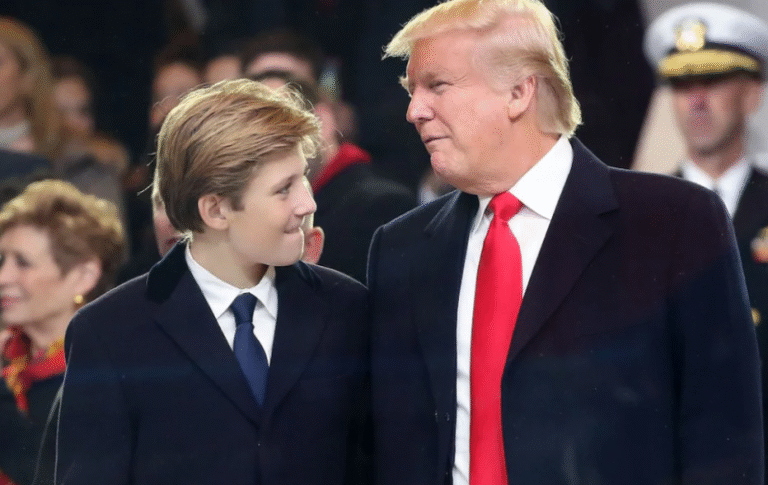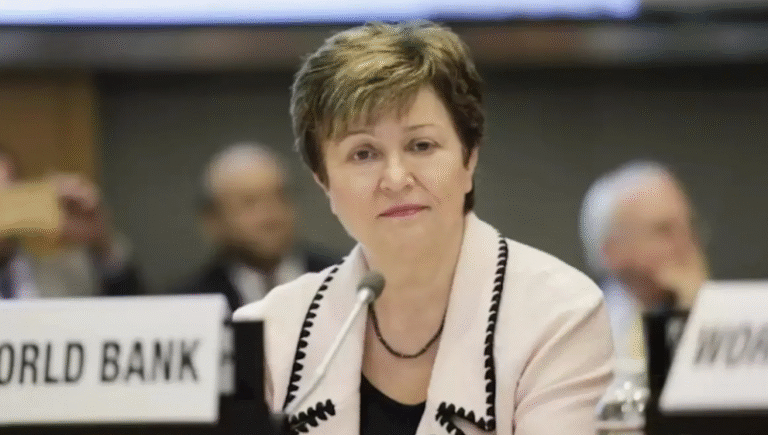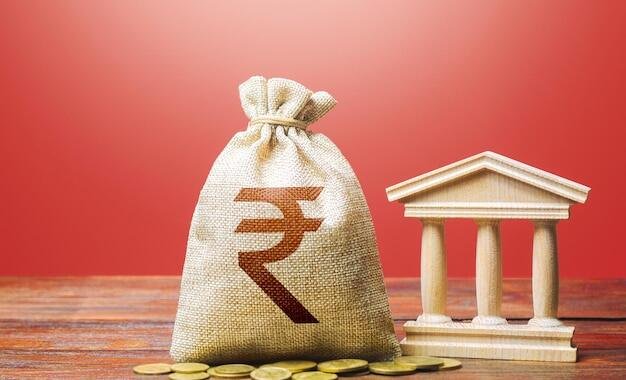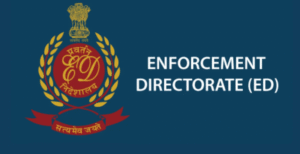Business: Provident Fund (PF) is often considered a boring and inferior investment instrument. But, now finfluencer Sharan Hegde has made a big claim. He has termed PF as a kind of boon for the people of high income class in 30% tax bracket. According to him, PF often proves to be better than equity (shares) for high earners. Especially after tax. Sharan Hegde has shared his opinion regarding this on the social media platform ‘X’. He has described it as one of the smartest ‘debt’ investments. Hegde compared two people with a monthly basic salary of Rs 1 lakh. One invested the entire amount in PF. While the other invested the remaining amount after tax in equity i.e. shares.
The expert told that a person (who invests the entire amount in PF) gives Rs 12,000 every month. The company also gives Rs 12,000. This totals Rs 24,000 invested every month without any risk. There is no tax on this either. Whereas his ‘friend’ (who invests in equity) is able to invest Rs 20,256 every month after deducting 30% tax. This friend needs 12% annual return in equity to get the same return as his PF.
Difference in returns of both after 5 years
After five years, the person investing in PF will have Rs 17.75 lakh. It is tax-free. On the other hand, those investing in equity will be left with Rs 16.13 lakh after deducting capital gains tax. “Most assets are not able to deliver such risk-free returns consistently,” Hegde said. He also said that to outperform PF, equity will have to give a consistent annual return of 16% over 5 years. Even if the investment period is made 20 years, equity still needs an annual return of 10.35% to outperform PF.
This strategy is best for people who fall in the 30% tax bracket and do not need the money quickly. Also those who like guaranteed returns. If you are in a low tax bracket then the tax benefits of PF are not that special. In such a situation, Hegde’s advice is, ‘Just make minimum contribution in PF and keep the rest of the money with yourself.’
Investment is going to be underestimated
Another important thing is that if the employee increases his PF contribution, the company’s contribution also automatically increases. ‘You can’t just extend one side,’ explained Hegde. Both grow together.
However, very high returns cannot be expected from PF. Hegde believes that this is the most underrated debt investment for high earners today. He said this asset class offers tax saving and inflation-beating, risk-free returns.







